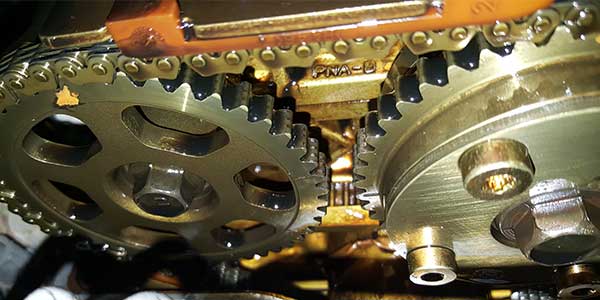Creating A Road Map Of A Technician’s Career
Almost everywhere that you find a group of automotive service professionals, you will also find a discussion of how there are not enough new folks entering the industry. This is an area I have been interested in and involved with for decades. Rather than provide a list of reasons why this is happening, I want to focus on what you can do for your business to change your shop’s employment future. But, be forewarned that you may not like some of the answers, because they require work that is not traditionally in your job description.

Corrosion And TPMS
It is that time of year again when the affects of road salt, deicers and potholes start to take their toll on vehicles. The latest victims of the salt belt are TPMS sensors and valve stems. The corrosion we are all most familiar with is that which affects steel, iron’s most common alloy. While just the presence of oxygen in the air, along with some moisture, is enough for something made of steel to begin to corrode, most of the time it is accelerated by some other environmental factor, which causes the most problems.
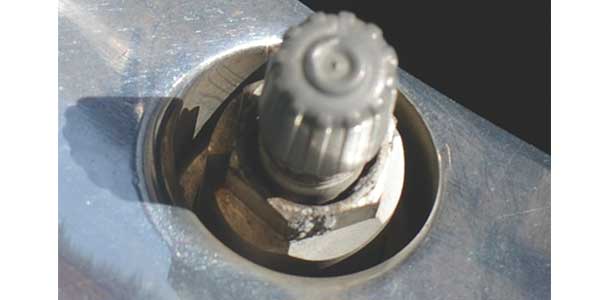
Electronic Throttle Control Diagnostics
A customer calls and tells you his car has suddenly went from highway speeds to idle. The check engine light is on, and no matter what he does, the car won’t go above 30 MPH. What’s wrong? Without looking at it we can only speculate, but I’ll bet it’s going to lead to a problem with the electronic actuated throttle system.
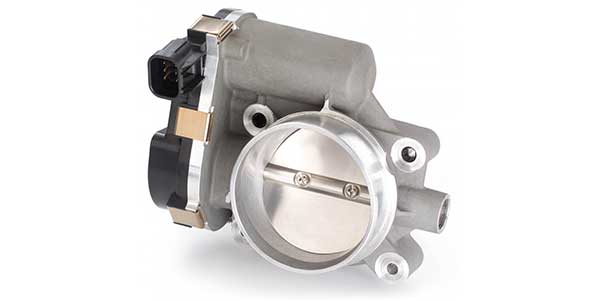
Giving It The Gas: When The Fuel Pump Isn’t The Problem
The most famous last words in automotive diagnostics are, “We’ve always done it this way.” In many cases, “always done it this way” consists of diagnosing a fuel pump by squirting some type of liquid or gaseous hydrocarbon into the air intake. Case in point, a 2011 Nissan Rogue had suddenly stalled on a busy summertime highway.
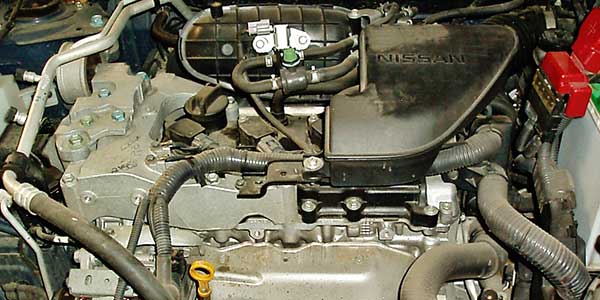
Servicing Decoupler Pulleys
Alternator pulleys are not so simple anymore. Many late-model vehicles are equipped with special pulleys that are engineered to reduce NVH (noise, vibration and harshness) and extend the life of the alternator. An Overrunning Alternator Pulley (OAP) has a one-way clutch mechanism inside the hub that allows the belt to turn the alternator in one direction, but allows the alternator to “free wheel” and spin at its own speed when the engine suddenly decelerates.
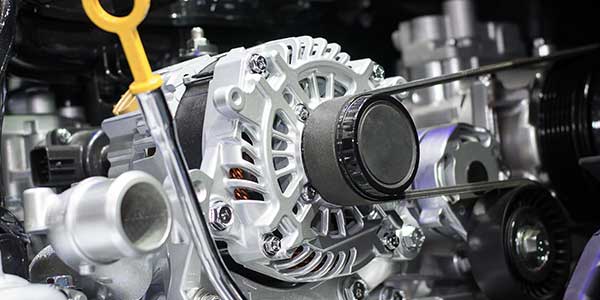
Top 10 Most Common Vehicle Repairs
Basic maintenance is the key to keeping a car running at its best. When motorists keep up with fluid changes, tire checks, filter changes and other services, it helps avoid bigger and more expensive repairs down the road. However, over time, some vehicle parts and components wear out or become damaged. When motorists are educated about their vehicles’ maintenance needs, it allows them to address any issues before they become even bigger problems.
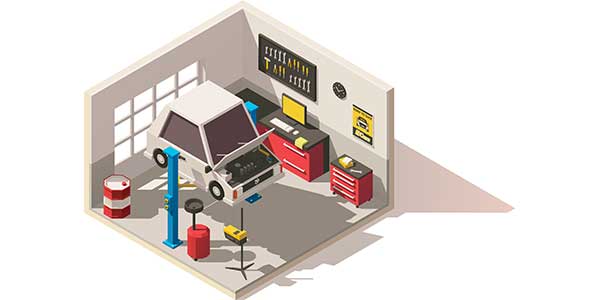
GM Power Steering Pump Replacement Tips
An analysis of returned power steering (PS) pumps that had been replaced for noise, no power assist, no or low pressure and leaking conditions has indicated a high number of “No Trouble Found” results. When attempting to repair a power steering concern, the steering system analyzer should be used to assist the technician in a successful diagnosis.
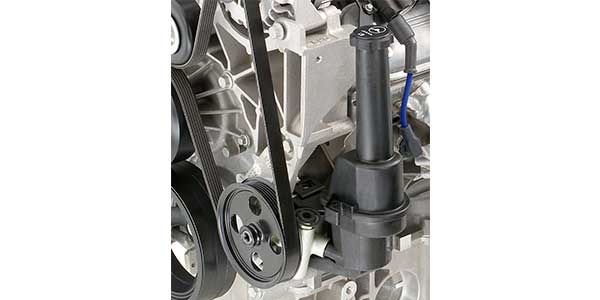
Demystifying Scopes: Engine Camshaft And Crankshaft Waveforms
Having to remove valve or front cover of an engine to check engine timing marks can rarely be completed in under an hour on most modern engines. But, capturing the waveforms from the camshaft and crankshaft sensors can be completed in under 30 minutes. This diagnostic approach can also diagnose circuit and sensor problems.

ACEA Oil Specifications: New ‘Sequences’ Mean Better Oil Performance Characteristics
ACEA standards are based on testing developed by the European Engine Lubricants Quality Management System (EELQMS). Think of ACEA as the SAE of Europe and EELQMS as the API/ILSAC in the U.S.
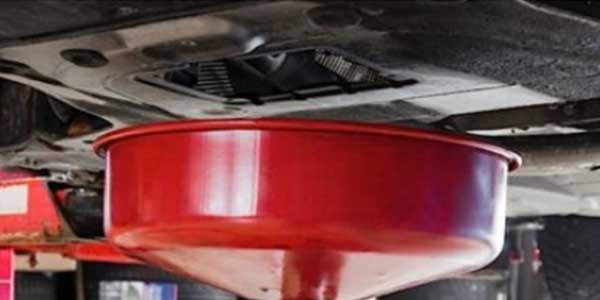
OBD II Emissions Monitors
OBD II is primarily emissions-driven and will set codes anytime a vehicle has a fault that may cause emissions to exceed federal limits by 1.5 times. It doesn’t necessarily mean the vehicle has a real emissions problem. Many times it does not. But, if the nature of the failure is such that it might cause emissions to rise, OBD II will set a code anyway. That is why some states are allowing motorists to opt for a second-chance tailpipe test if their vehicle fails an OBD II test. In many instances, the vehicle will pass the tailpipe test.
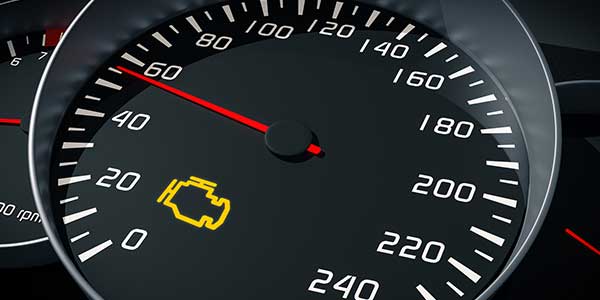
Shifty Battery Drain
Typically, when you’re doing a parasitic draw test, you watch the meter and wait for the amperage load to drop and the various systems to go to sleep. But on this truck, something was staying awake. Time for a different approach to the problem.
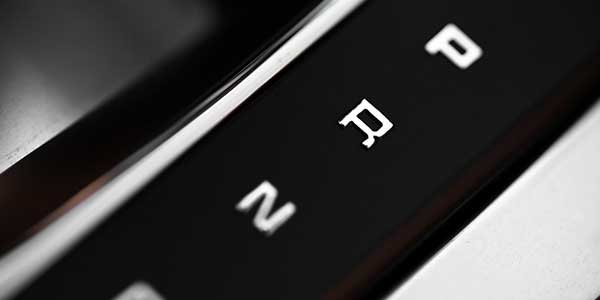
Honda: iVTEC And Timing Chains
In this article, we’ll be taking a look at a 2003 four-cylinder Accord that came in with a check engine light complaint, but no reports of driveability issues. It was due for a New York state inspection, so it had to be repaired. The code was persistent, setting itself consistently on the second startup.
